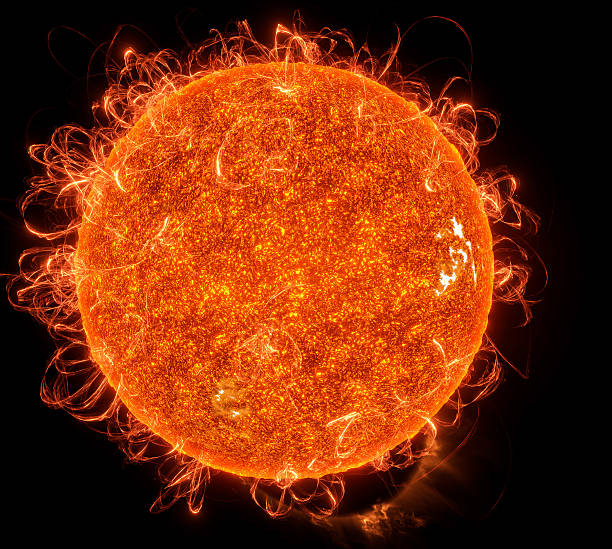Does the Sun have a surface?

The visible Sun is a massive ball of plasma, or electrified gas, with no solid surface like the Earth or Moon. It has a typical temperature of 5700 deg. K, which is much above the melting temperatures of Earth's materials. Despite this, we can only see its very outer layers since the gas is opaque. The impression is similar to that of a cloud, which is made up of water molecules yet seems to have a fluffy surface. The photosphere is the Sun's outer visible surface, which is just a few hundred kilometers thick.
The photosphere is the top of the solar convection zone, where convective gas movements carry solar energy to the outer surface across the last quarter of the solar radius. The chromosphere is an inhomogeneous layer that extends 10,000 km above the photosphere. It's best described as the transition from the photosphere to the corona. The tenuous corona, which may extend several million kilometers into the interplanetary medium, is the Sun's extreme outermost extent.












